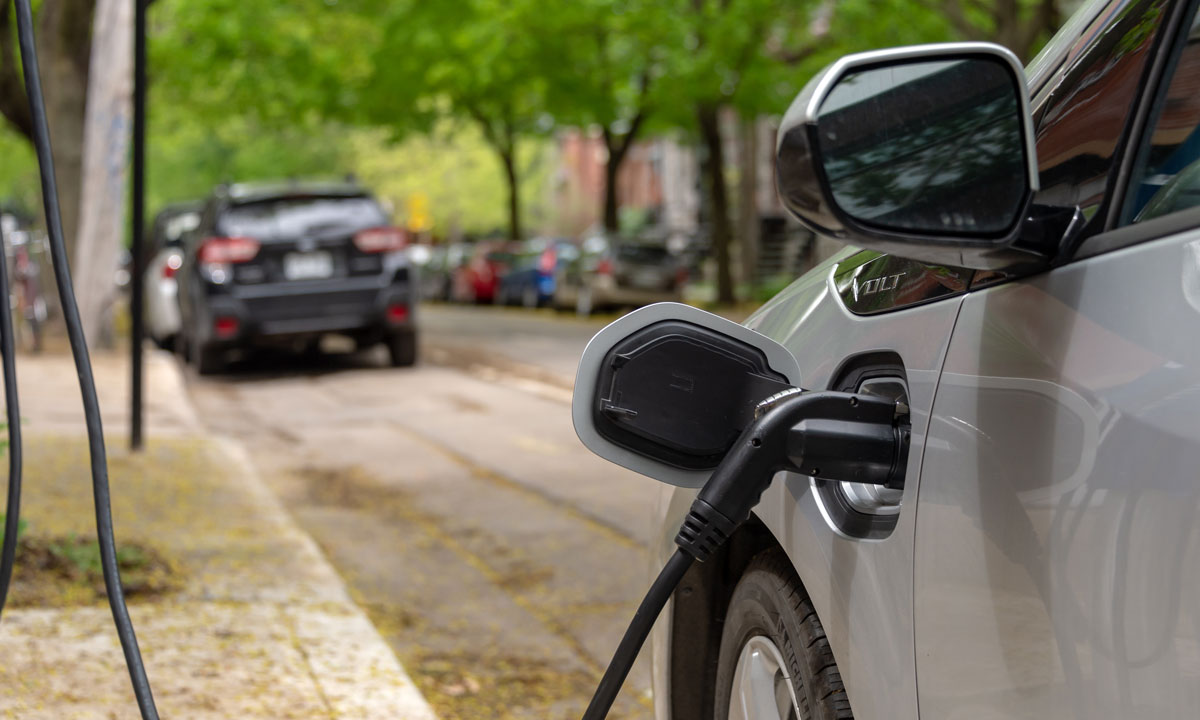Data from MarketsandMarkets shows the plug-in plug-in electric vehicle market is projected to jump from US$698.63 billion (around CA$980.66 billion) this year to US$1,189.59 billion (around CA$1,669.81 billion) in 2035. The market will grow at a CAGR of 5.5 per cent, based on the company’s latest report.
They noted that the plug-in electric vehicle market is on a steady path in terms of growth, thanks largely to increased consumer demand, lower emission government mandates, and advancements in battery and charging technologies. This last one allows for higher driving ranges, lower battery costs, and faster charging times.
“The development of charging infrastructure is also expanding to support this shift,” said MarketsandMarkets in its update. “Improvements in energy-dense batteries, efficient thermal management systems, and lightweight vehicle designs are driving the creation of new EV products and solutions that meet evolving customer expectations.”
As the market evolves, they said plug-in hybrid and fully electric platforms have resulted — and are creating — overlapping demand for components. In turn, this has led to greater use of conventional powertrain parts alongside EV-specific solutions (think lithium iron phosphate (LFP) battery packs, high-efficiency inverters, and advanced cooling systems.)
“Automakers adjust their product lines to meet this blended demand while ensuring performance and reliability,” said MarketsandMarkets. “OEMs are making targeted investments to address cost and adoption challenges.”
Other examples include Tesla’s expansion of localized battery production with its Gigafactories (U.S. and Mexico). Volkswagen’s investment in software-driven energy management systems to boost efficiency. And Hyundai’s scalable EV platforms built to serve multiple vehicle types across regions.
“These initiatives help improve cost structures and accelerate EV adoption by making vehicles more affordable and efficient,” said MarketsandMarkets. When considering everything the company noted, including partnerships between OEMs and suppliers, they said all of these developments “are redefining mobility trends and reinforcing the long-term outlook for electric vehicles.”

















